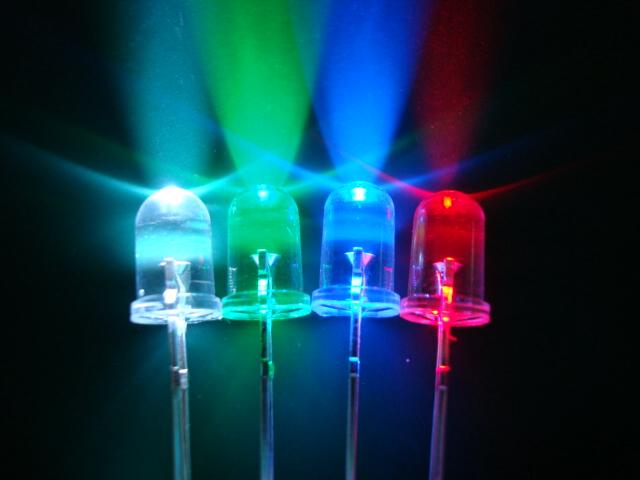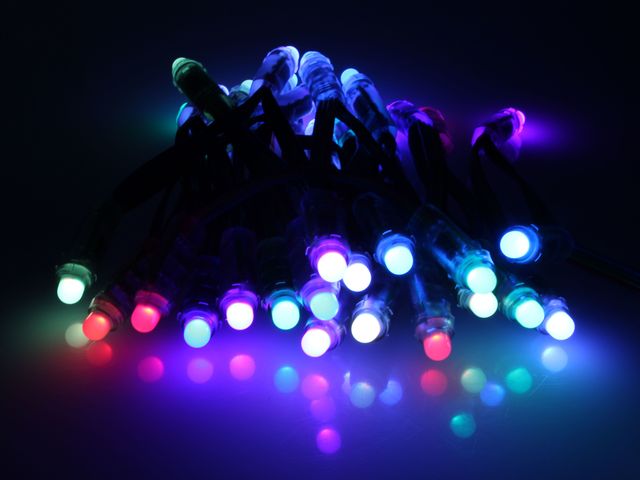
In the dynamic landscape of modern agriculture, the adoption of innovative technologies is transforming the way crops are cultivated. Among these technologies, LED grow lights have emerged as a game-changer, offering a multitude of benefits that contribute to efficient and sustainable crop production. This blog post explores the advantages of LED grow lights, focusing on their efficiency, energy savings, and positive impact on crop quality.
1. Energy Efficiency: A Sustainable Approach
One of the standout features of LED grow lights is their exceptional energy efficiency. Unlike traditional lighting sources such as incandescent or fluorescent bulbs, which emit a significant amount of heat, LED lights convert a higher percentage of electrical energy into usable light. This efficiency translates to reduced energy consumption, making LED grow lights an environmentally sustainable choice for indoor and controlled environment agriculture.
2. Customizable Light Spectra: Tailoring to Plant Needs
LED grow lights offer the unique ability to customize the light spectrum emitted, allowing growers to tailor lighting conditions to the specific needs of different crops and growth stages. By adjusting the ratios of blue to red light, growers can optimize vegetative growth, flowering, and fruiting phases. This level of customization promotes healthier and more robust plant development.

3. Space Efficiency: Maximizing Yield in Confined Spaces
The compact design of LED grow lights and their low heat emission makes them ideal for space-efficient cultivation. In indoor and vertical farming setups, where available space is limited, LED grow lights enable growers to stack multiple layers of crops vertically. This maximizes space utilization, leading to increased crop yields without the need for expansive horizontal land.
4. Reduced Heat Emission: A Grower’s Advantage
Traditional lighting sources generate a considerable amount of heat, necessitating ventilation and cooling systems in indoor farming environments. LED grow lights produce minimal heat, creating a more favorable and controlled climate for plant growth. This reduced heat emission not only benefits the health of the plants but also lowers energy consumption associated with cooling systems.
5. Longevity and Low Maintenance: Cost-Effective Solutions
LED grow lights have an extended lifespan compared to traditional bulbs. With durability ranging from tens of thousands to over a hundred thousand hours of use, LED lights require less frequent replacements, reducing maintenance costs for growers. The longevity of LEDs contributes to a more cost-effective and sustainable lighting solution.
6. Improved Crop Quality: Enhancing Nutrient Content
The precise control over light spectra provided by LED grow lights has a direct impact on the quality of crops. By customizing the light conditions, growers can influence factors such as flavor, color, and nutrient content. This customization empowers growers to produce crops with enhanced nutritional profiles, meeting the demand for high-quality, nutrient-rich produce.
7. Technological Advancements: Smart Lighting Systems
Ongoing advancements in LED technology have given rise to smart lighting systems equipped with sensors and automation. These systems enable growers to monitor and adjust light conditions based on real-time data, optimizing plant growth and resource utilization where you can explore various resources here. The integration of smart technologies further enhances the efficiency and precision of crop cultivation.
The adoption of LED grow lights in agriculture represents a paradigm shift towards more efficient, sustainable, and high-quality crop production. From energy savings and space efficiency to improved crop quality, the benefits of LED grow lights are reshaping the way we approach indoor and controlled environment farming. As technology continues to advance, the role of LED grow lights in supporting a resilient and sustainable agricultural future will undoubtedly become even more pronounced.
